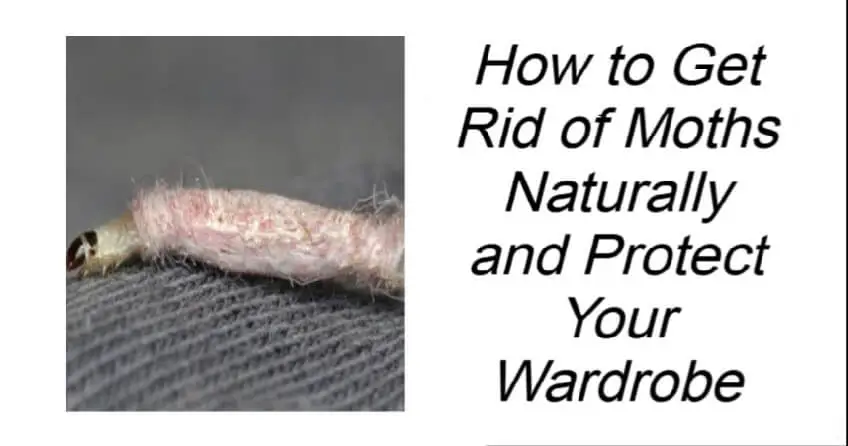How to Get Rid of Moths Naturally and Protect Your Wardrobe
Moths may seem harmless at first glance, but these unassuming insects can wreak havoc on your wardrobe and household fabrics. Far from being just a nuisance, a moth infestation can silently destroy sweaters, scarves, carpets—even treasured books—leaving behind tiny, irregular holes and frayed fibers.
The real culprits are not the adult moths, but their larvae. Once hatched, these larvae spin protective cocoons and later emerge as moths, ready to reproduce and continue the cycle.
Fortunately, you don’t need harsh chemicals to fight back. Below are several eco-friendly, effective methods to keep moths away from your clothing, rugs, and other fabric items—naturally.
What Are Moths, Really?
Moths are winged insects that belong to the order Lepidoptera, the same as butterflies. While butterflies enjoy a reputation for beauty, moths are far more numerous—there are around 160,000 moth species worldwide (compared to 17,500 species of butterflies). In the U.S. alone, about 11,000 species of moths exist.
They vary widely in size, from the tiny pygmy moth (with a 3/32-inch wingspan) to the majestic Atlas moth (up to 12 inches in wingspan).
But it’s not their size that worries most people—it’s their appetite for your favorite wool sweater.
Top Natural Ways to Repel Moths from Clothes and Closets
1. Lemongrass Sachets
Lemongrass has a fresh, citrusy scent that moths can’t tolerate.
How to use it:
- Chop fresh lemongrass into small pieces.
- Place the chopped leaves into breathable sachets or muslin bags.
- Tuck them into drawers, closets, or near clothes.
- Replace every two weeks to keep the aroma strong.
The sharp oils in lemongrass disrupt moths’ sensory systems, discouraging them from laying eggs on your fabrics.
2. Lavender Spritz & Sachets
Lavender is a classic moth repellent—and it smells wonderful!
Try this:
- Mix a few drops of pure lavender essential oil with water in a spray bottle.
- Lightly mist garments before ironing.
- Make sachets with dried lavender buds and place them among folded clothes or on closet shelves.
Lavender masks the natural scents that attract moths, creating an aromatic shield around your fabrics.
3. Vinegar Furniture Polish
White vinegar is both a mild disinfectant and a natural moth deterrent.
To make a simple spray:
- Mix equal parts white vinegar and water in a spray bottle.
- Lightly mist and wipe down closet interiors, wooden shelves, and drawers.
- Always spot test first!
This solution also removes dust and leaves wood surfaces gleaming.
4. High-Heat Ironing
Heat is deadly to moth eggs and larvae—often too small to spot.
Instructions:
- Set your iron to the hottest setting safe for your fabric.
- Iron thoroughly, especially seams and folds.
- Let garments cool before storing them again.
This method is chemical-free and highly effective.
5. Thorough Vacuuming
Moths lay eggs in dark, undisturbed areas—especially carpets and corners.
Vacuum tips:
- Focus on closet floors, under furniture, rugs, baseboards, and corners.
- Use attachments to reach hidden crevices.
- Dispose of vacuum bags or contents immediately after cleaning.
Keeping your home clean interrupts the moth lifecycle.
Why You Should Avoid Mothballs
Mothballs may be effective, but they contain naphthalene or paradichlorobenzene, both of which release toxic fumes.
Health risks include:
- Headaches and nausea
- Respiratory irritation
- Organ damage with long-term exposure
Because of these dangers, natural alternatives are strongly recommended—especially in homes with pets or children.
Final Thoughts
Moth prevention doesn’t have to rely on chemicals or expensive solutions. With a few natural tools—lavender, lemongrass, vinegar, and vigilance—you can protect your wardrobe while keeping your home safe and fragrant.
You’ve just read, How to Get Rid of Moths Naturally. Why not read Manager Had To Hire A New Employee.

